The Power of AI-Powered Digital Twins: The Next Big Thing
Imagine being able to see a perfect replica of something you own or a system you work with but in the digital world. Now, picture that replica not just sitting still, it is constantly learning, adapting, and even predicting the future. This is what AI-powered digital twins are all about. From manufacturing plants to smart cities, digital twins are transforming industries and making the world more efficient. But what exactly are they, and how do they work? Let’s take a deeper look at this fascinating technology.
What Are AI-Powered Digital Twins?
A digital twin is essentially a virtual copy of a physical object, system, or process. It is like a digital mirror that reflects what is happening in the real world. However, the magic happens when artificial intelligence (AI) is added to the mix. AI does not just replicate, it makes the digital twin smart. It uses data to continuously learn, adapt, and even predict what might happen next.
For a deeper understanding, check out Gartner’s guide on digital twins.
In simple terms, an AI-powered digital twin is not just a still image of something. It is a dynamic, real-time model that evolves and can provide useful insights or even make decisions based on the data.
For example, say you are managing a factory, instead of just looking at the machines, have a digital model of each machine that tells you when it is likely to break down or how to adjust the settings to make it run more efficiently. That is the power of AI-powered digital twins, they do not just mimic rather they offer valuable guidance for improving processes.
Why Are AI-Powered Digital Twins So Valuable?
- Continuous Monitoring:
AI-powered digital twins collect data in real-time, giving you constant feedback on performance. - Predictive Insights:
They can predict future problems, helping to avoid costly downtime or failures. - Optimizing:
AI helps to smooth line operations for better results and efficiency. - Reducing Cost:
By improving systems, digital twins help reduce waste and improve efficiency.
By incorporating AI-powered digital twins in the production line, you can see how the machines are performing. If something starts to go wrong, like a motor that’s running too hot, the system can notify you before it fails, saving time and money.
What Are the Four Types of Digital Twins?
Digital twins are not just one-size-fits-all; they come in different types depending on what they are modeling. Here are the four main types:
Product Digital Twin
A product digital twin focuses on the virtual representation of a product itself. This could be anything from a car to a washing machine. The digital twin simulates how the product will perform in the real world, helping designers and engineers understand how it will behave before it’s even built.
For example, in the automotive industry, car manufacturers create digital twins of their vehicles to test how they perform under different conditions, like crash simulations or engine tests. This helps them tweak the design for better safety or efficiency.
Production Digital Twin
A production digital twin is all about the manufacturing process. It does not focus on just one product, it looks at the entire production line. By collecting data from various machines, workers, and systems, the production digital twin provides a complete, real-time view of the entire process.
Take electronics manufacturing, for example. Digital twins of production lines allow managers to spot bottlenecks or identify potential failures before they happen. The AI can suggest changes to improve speed or reduce waste, making the whole process more efficient.
Performance Digital Twin
A performance digital twin focuses on monitoring the performance of a particular asset over time. It uses data from sensors to track how an asset like a wind turbine, airplane, or even a smartphone performs during its lifecycle.
For example, imagine an oil rig. By using a performance digital twin, engineers can monitor the equipment of the rig and predict when a part might fail, resulting in reduced downtime and costly repairs. This helps to run the operations smoothly and efficiently.
System Digital Twin
A system digital twin goes one step further, it represents an entire system or network. This type of digital twin integrates multiple product, production, and performance twins into one comprehensive model. By looking at how different components of a system interact with each other, businesses can better understand complex systems and optimize them.
For example, in a smart city, a system digital twin could model everything from traffic flow to energy use to water distribution. AI-powered digital twins can then help city planners optimize everything from reducing traffic congestion to cutting down on energy waste.
Quick Recap of the Four Types:
- Product Digital Twin:
Focuses on a specific product’s performance during its lifecycle. - Production Digital Twin:
Looks at the entire manufacturing process to spot inefficiencies. - Performance Digital Twin:
Tracks the performance and condition of assets over time. - System Digital Twin:
Represents an entire system, connecting multiple digital twins for a more holistic view.
AI Twin Generator
An AI twin generator is the tool or platform that creates AI-powered digital twins. It is the engine that takes all the real-world data and turns it into a virtual model. These generators use AI and machine learning algorithms to process vast amounts of data and then simulate how a real-world system or product behaves.
AI twin generators can pull data from many different sources:
- Sensors:
These provide real-time data, such as temperature, pressure, or motion. - Historical Data:
Past performance data helps predict future trends. - Operational Data:
Data from the actual use of systems or products. - Environmental Data:
This includes factors like weather or location-specific influences.
The AI twin generator builds and continuously updates the digital twin by using this data, which makes it a dynamic, living model of its physical counterpart. It does not just replicate, it learns, adapts, and provides real-time insights.
Example:
Imagine a wind farm. Each wind turbine has sensors that measure things like speed, pressure, and performance. An AI twin generator would take all this data, create a digital twin of the wind farm, and then use AI to predict when maintenance is needed, how much energy the farm will produce, and even how changes in weather might affect performance.
Real-World Uses of AI-Powered Digital Twins
AI-powered digital twins are already being used in a number of industries. Here are just a few ways they are making a difference:
- Manufacturing:
Digital twins of production lines help manufacturers optimize operations, reduce waste, and predict maintenance needs. - Healthcare:
AI-powered digital twins of patient’s help doctors create personalized treatment plans and predict health outcomes. - Automotive:
Car manufacturers use digital twins to design better vehicles and test them in virtual environments before physical production. - Energy:
Power plants and renewable energy systems use digital twins to track performance and optimize energy output. - Smart Cities:
City planners use digital twins to optimize everything from traffic flow to waste management and energy consumption.
Why AI-Powered Digital Twins Are the Future
The ability to monitor, simulate, and predict the behavior of physical systems is very helpful. By creating digital twins powered by AI, industries can enhance efficiency, reduce costs, and improve overall performance. What makes AI-powered digital twins even more powerful is the ability to not only represent reality but also shape the future by predicting outcomes and suggesting improvements.
The adoption of digital twins is still growing, and as technology advances, we can expect even more industries to harness its power. Whether it is optimizing a factory, personalizing healthcare, or managing the infrastructure of the cities, AI-powered digital twins are the future and are opening endless possibilities.
Conclusion
By creating virtual models AI-powered digital twins are continuously adopting and predicting future behaviors, they provide real-time insights that drive efficiency, reduce risks, and improve decision-making. From smart cities to manufacturing plants, AI-powered digital twins are creating new opportunities for innovation.
As this technology evolves, it will continue to shape the future, making it smarter, and more connected. Whether you are managing a factory, designing a new product, or running a city, AI-powered digital twins can help you make better decisions for the future. The potential is limitless, so the question is, how will you use it?

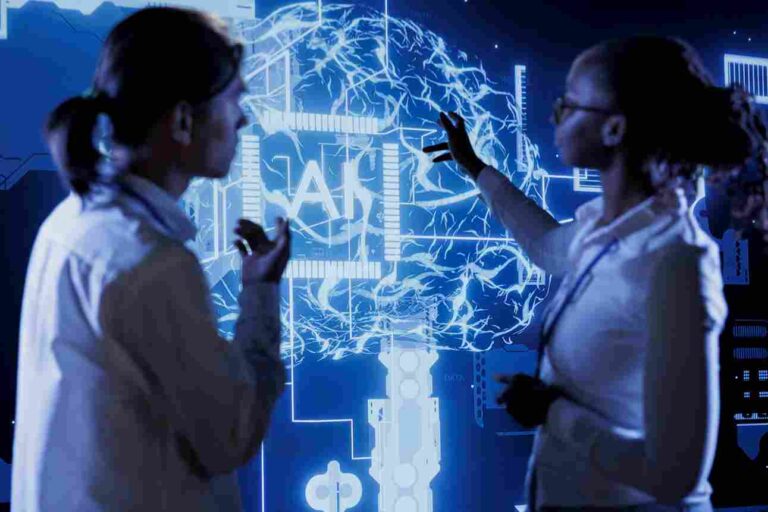
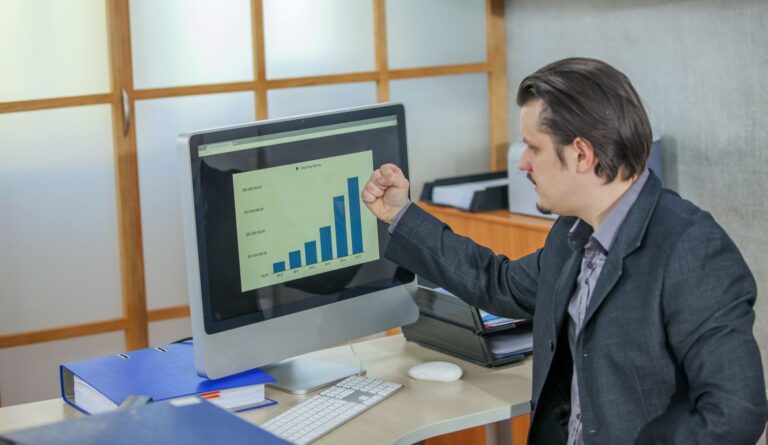
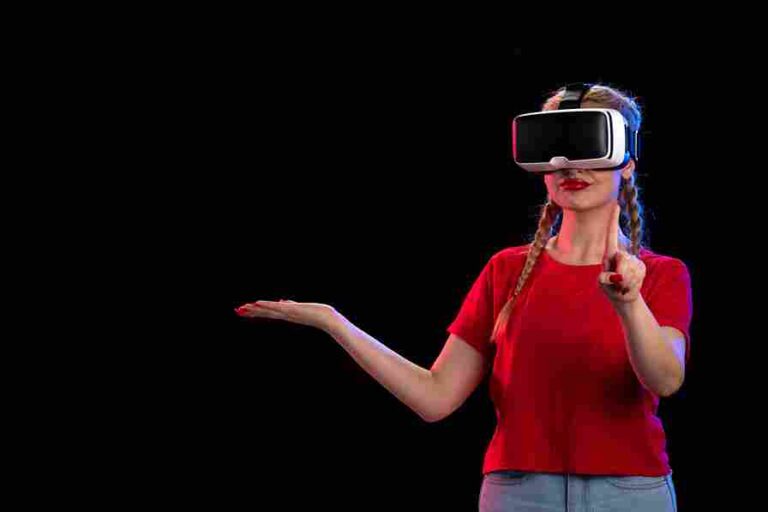
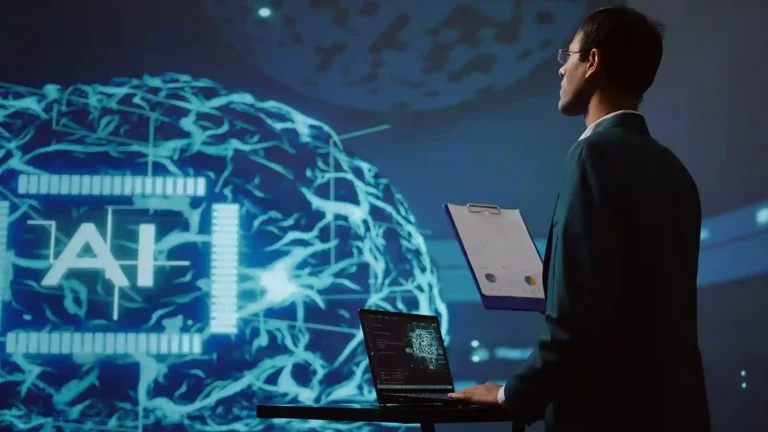

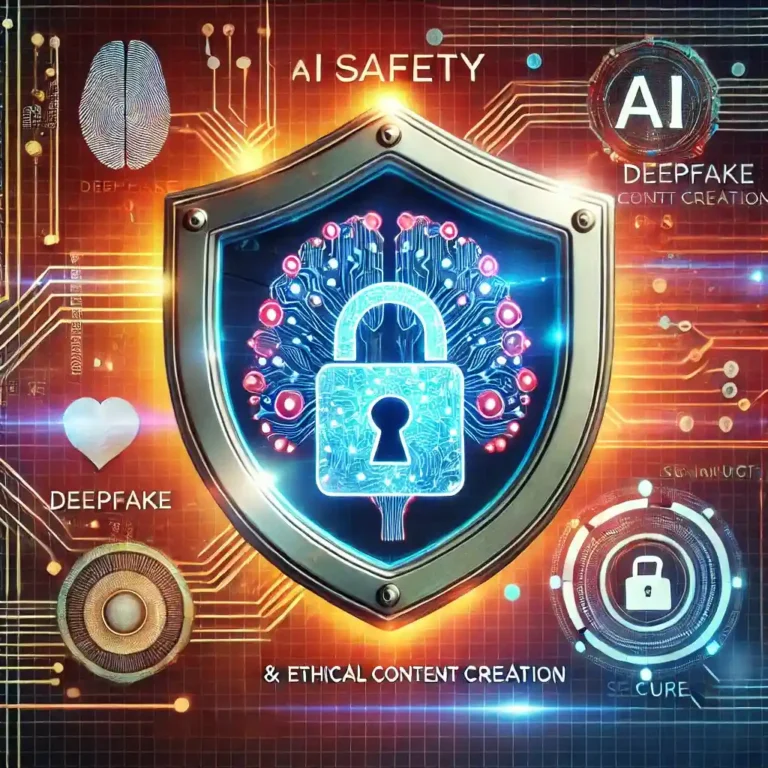
One Comment